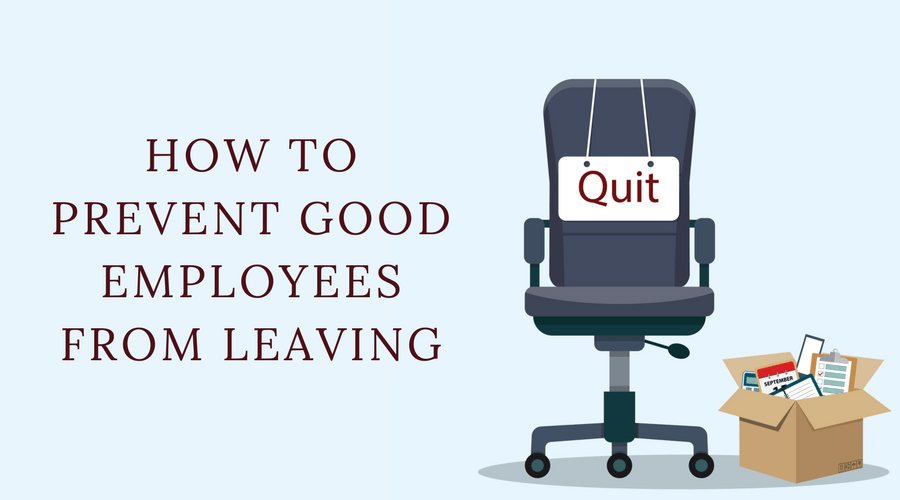Cost of Hiring an Employee in 2019

Hiring more people can allow businesses to take on more clients, so they will have more money to spend on new resources – including new hires. Small businesses, though, are prone to premature growth because they want to do all they can to get off the ground and thrive as quickly as possible. They can often overlook how expensive it is to hire even one new employee.
What costs go into hiring an employee?
Salary is the primary expense. As a business owner, you make the final decision about how much a given position is worth. Initially, you may not be able to pay a competitive rate. That’s understandable. Be aware, however, of the challenges that could come with not paying what a position is worth.
First, it may take you longer to find the ideal candidate. You’ll spend more time on the hiring process, and you’ll likely have to pay to post the position on multiple job boards. The more desperate you are to recruit that “perfect” person and get them in the door quickly, the more candidates you’ll interview. You may need to run additional background checks and pay for more pre-employment assessments.
If you’re thinking about hiring a recruiter, realize that you’ll have to pay the recruiter. Hiring a full-time recruiter may cost less than hiring an external recruiting firm, but both options can be expensive. You’ll have more time for you to focus on growing your business, but will the recruiter do a good enough job to justify their price? If not, you’re looking at a significant financial loss.
Don’t forget about training costs
Getting new hires up to your standards and familiar with your procedures requires training. Likely, you don’t have a full-time trainer on staff, so you and other members of your company will have to take time to train new hires.
If the business is adding a new position, you will need to create training materials specific to that job. This could require a lot of research, as you may not be familiar with all the tasks and duties associated with the position. You’ll need to train yourself so that you can train your new team member. That requires time, and time is money.
New hires will need to understand workplace and job expectations. They’ll need to learn about clients, communication networks, and specific resources that can simplify their new job. Surely, you’ve been in the shoes of a new hire before – they need help acclimating to the job and culture, no matter how qualified they are. It’s your responsibility to allocate the time and resources required to get new employees off to a great start. Just be sure you can afford the time and resources.
Ways to trim costs
By now, you’ve realized it can be costly – both time-wise and financially – to find, recruit, onboard, and train new employees. How can you cut down on some of these costs? Here are a few suggestions:
- Group training: Instead of taking the time and resources to train a single employee, hire and schedule strategically so you can work with multiple employees at once. This way, no information will have to be repeated in a short period, and you can save money by not having to repurchase training equipment or materials if that’s necessary. From an employee standpoint, it can be helpful to start and receive training at the same time as others. Everyone participating is a new kid on the block, so uniting as new hires can result in strong relationships early in their tenure at your company. Starting your newbies on the right foot can also increase your business’s retention rate down the road.
- Mentor program: Who better to show a new hire the ropes than a seasoned employee? The new team member can gain hands-on experience by shadowing one of their new coworkers. They can ask questions about workload, time management, deadlines, etc. Costs will be alleviated because you won’t have to outsource any training because you’re already paying the mentor’s salary. Mentors will still be working on their regular tasks so that workloads won’t suffer during training.
- Streamlined hiring and onboarding: The best way to remedy costs for hiring an employee is to improve your hiring process. Establish a trustworthy recruiting system in which you know what type of candidates you’re searching for, where you intend to find those candidates, and how many candidates you want to interview. You want the process to be streamlined to save money. After you’ve hired someone, create an onboarding plan. You can incorporate all-in-one technology where employees can clock in and out and access necessary new hire forms.
Workful’s HR software enables all that, controlling costs and allowing you to manage your time better. The onboarding process will be a breeze, as you can add a new hire’s contact, pay, and tax information in a matter of minutes. You can also store and share relevant work documents in the platform, giving a new employee easy access to employee handbooks, expense policies, contracts, etc.
Can you afford to hire a new employee?
Now that you understand the various factors and costs that go into hiring a new employee, you should have an idea about whether it’s wise for your business to add staff members. Consider the costs of finding strong candidates, as well as hiring, onboarding, and training whoever earns the job. While that can vary based on salaries, you won’t want to forget about the amount of time you and your staff will need to commit to all these processes.


